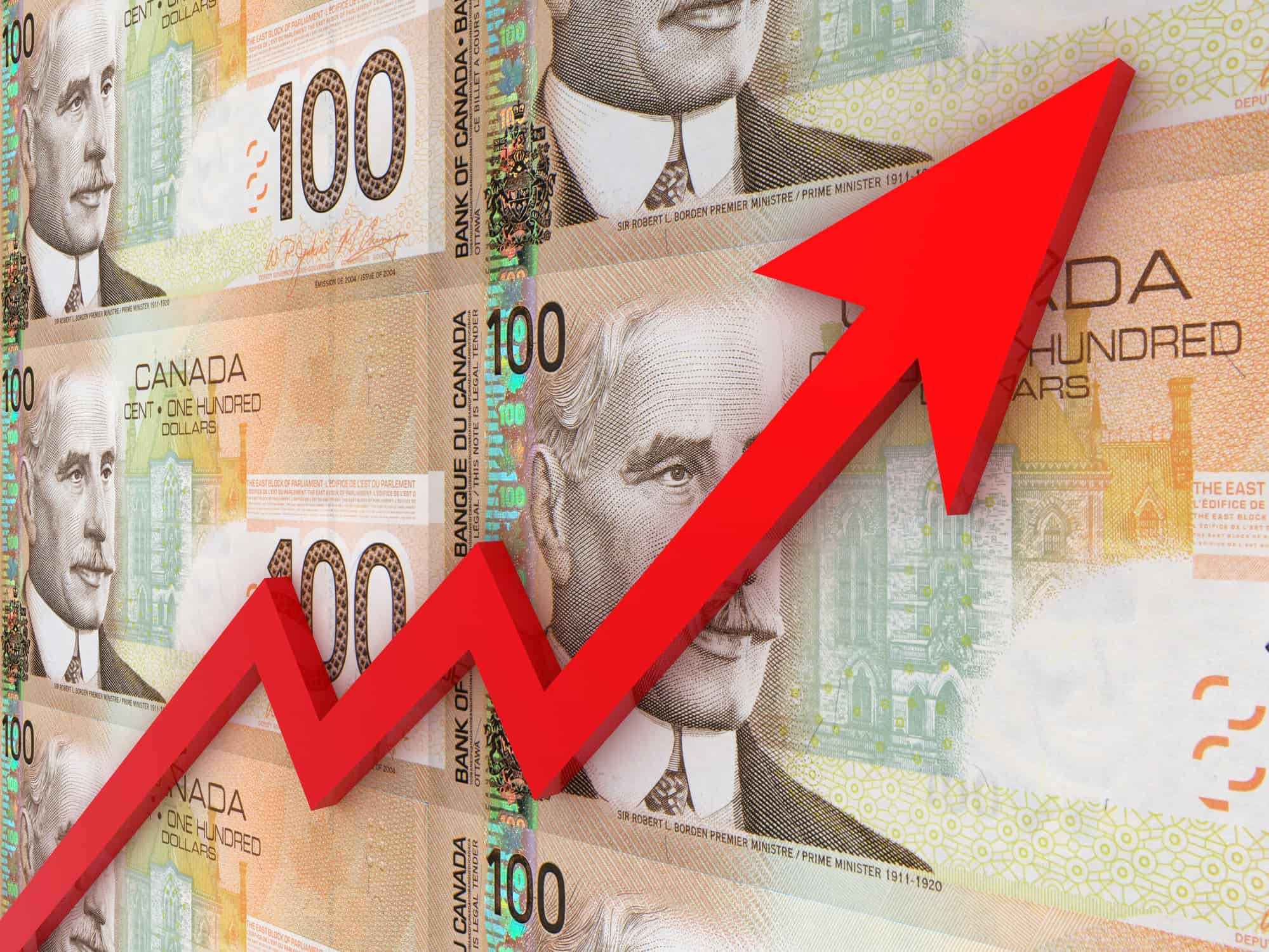Did you know that if you have $100,000 to invest right now and you continue to save and invest for a positive return, it’ll take you less and less time to make the next $100,000? For example, if you’re able to invest $10,000 annually (or a little over $833/month) for a very achievable return of 7% per year, your initial $100,000 investment portfolio will turn into over $1.7 million in 30 years. (For comparison, the 10-year Canadian market return, using iShares S&P/TSX 60 Index ETF as a proxy, is 7.88%.)
In a little over five years, you’d arrive at $200,000. In almost nine years, you’d get to $300,000. In year 12, you’d get to $400,000. Halfway through year 14, you’d reach half a million! By year 19, you’d make the next $100,000 in as quickly as about two years. This illustrates the power of compound interest, which Albert Einstein calls “the eighth wonder of the world.”
The longer your money stays invested for a positive return, the more wealth you can generate from your investments. The more savings and investments you can make early on in your investing journey, the more you can fuel your portfolio’s growth down the road.
Get juicy passive income from cheap dividend stocks
Because the market is under a correction, you can now put your savings to work in cheap dividend stocks and immediately receive awesome passive income.
For example, at writing, you can get a yield of 6.25% from BCE (TSX:BCE), 6.42% from Bank of Nova Scotia (TSX:BNS), and 6.73% from Enbridge (TSX:ENB). If you buy equal weights, it’d mean investing about $33,333 in each stock and getting an average yield of almost 6.47%. That is passive income of close to $6,467 per year, or almost $539 a month.
They all have a track record of increasing their dividend payments over time. Their 10-year dividend-growth rates are 5.5%, 5.8%, and 13%, respectively. Assuming they’re able to increase their dividends by 5% per year going forward, your approximated annualized returns would be close to 11.5%. Any valuation expansion will add to that return.
The outlook for the financial markets is negative right now. On the bright side, it makes a favourable investing environment for long-term investors that can stomach volatility. This is why the estimated total returns for these blue-chip dividend stocks are 11.5% — higher than the 7% rate of return used for illustration.
How much passive income could you get?
Assuming a yield of 6.47% across the three dividend stocks discussed, you’d make almost $539 a month. Let’s say you keep saving and investing according to the following assumptions:
- A 7% rate of return
- Contributions of $10,000 per year to your portfolio from your savings
- A portfolio yield at the end of period of 5%
Your portfolio would grow to $1,705,455 in 30 years, and you’d make passive income of just under $85,273, which equates to $7,106 a month. Much of these gains can be tax free if you maximize your TFSA every year.
Understand that your actual numbers will be different, because you can’t get smooth returns of 7% per year in the market. For example, it might get 15% in one year and 5% in another. Additionally, three stocks aren’t sufficient to spread risks around for portfolio diversification purposes.









